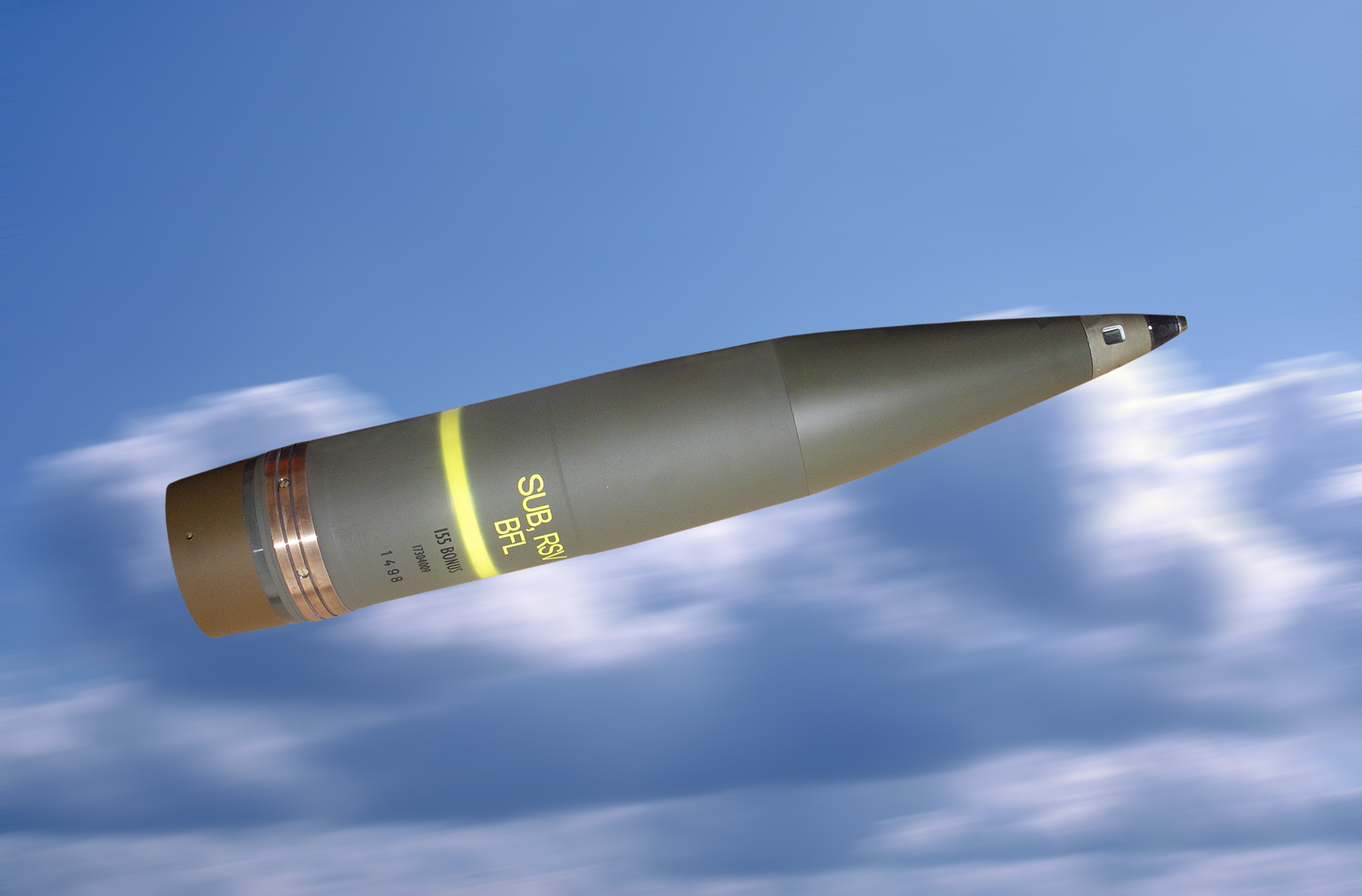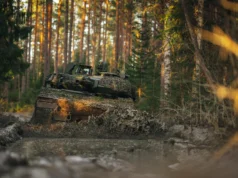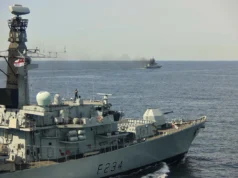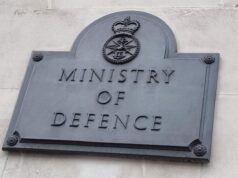BAE Systems has signed a new contract worth nearly $62 million (SEK 600 million) with the Swedish Defence Materiel Administration to supply additional BONUS precision-guided munitions for the Swedish Armed Forces.
The agreement builds on a longstanding relationship between BAE Systems Bofors and Sweden’s military, and marks the third such order for BONUS munitions since 2017.
“This contract for additional BONUS projectiles to Sweden, the third since 2017, reinforces our long-standing partnership with the Swedish Armed Forces,” said Henrik Knape, Ammunition Sales Director at BAE Systems Bofors. “We are committed to delivering a trusted solution that strengthens their indirect fire capability and keeps their warfighters safe.”
BONUS, developed jointly by BAE Systems and France’s Nexter Systems, is a precision-guided 155mm artillery round that carries two sensor-fuzed submunitions. Once fired, these submunitions independently search for, identify and engage armoured targets such as main battle tanks, self-propelled guns, and infantry fighting vehicles.
Each BONUS round can cover an area of up to 32,000 square metres and is effective out to a maximum range of 35 kilometres when fired from a NATO-standard L52 artillery system. The munitions are described as “fire-and-forget”, requiring no further guidance once launched.
The capability is especially well-suited to integration with advanced artillery platforms such as BAE Systems’ ARCHER self-propelled gun system, also operated by Sweden.
Several NATO and allied nations have adopted BONUS into their arsenals, including Finland, France, Norway, and the United States. The system’s battlefield versatility and autonomous targeting features are seen as key advantages in modern high-intensity conflict.
The new order underscores Sweden’s focus on strengthening long-range precision fires, a capability increasingly prioritised by European armed forces in response to the evolving threat landscape in Europe.














Google says each costs $40k so a purchase of around 1500 max, but the contract probably includes all the support.
Doesn’t sound like a deep reserve.
It depends if they are being precisely used for suitable targets or thrown around randomly Russian style.
The advantage here is that when used correctly they will have a super high HtK probability.
They will have standard dumb rounds as well so this flavour will be used only when precisely required…
Depends how many were in the previous acquisitions I guess but SB is right these are the cream you use in particular scenarios where their specialist capabilities are of urgent need not as mainstream bulk use I suspect.
Hopefully it can discriminate between AFVs & civilian vehicles. Useful capability to defeat a Russian armoured thrust.
That’ll be about 62 shells then I suppose?
In all seriousness, in a prolonged war, can the use of weapons like this be sustained? Maybe a small reserve of these shells for week 1 operations, to give the enemy a very bloody nose, but there must be a larger reserve of ‘dumb’ shells in order to sustain operations longer term. I presume (hope) this is how western militaries are planning / preparing.